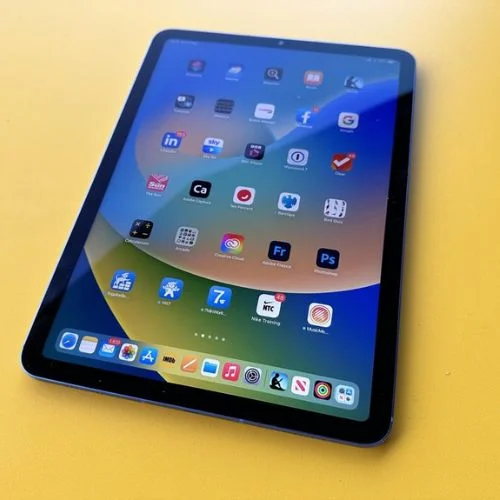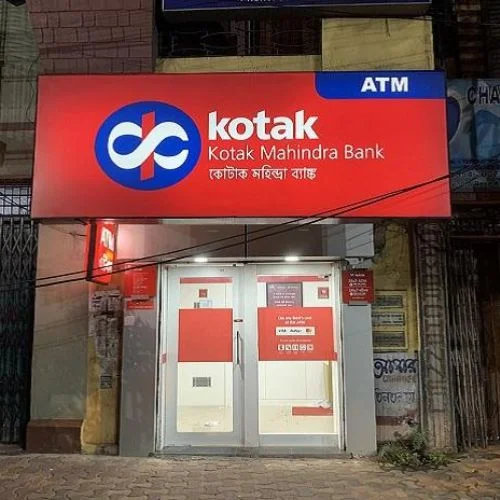Microsoft is now releasing new developer tools and improvements, with the goal of releasing updates for Windows 11 in the coming months.
Microsoft’s annual BUILD developer conference has focused on the Azure platform, Microsoft 365 apps and services, the Power platform, and the Windows 11 and Microsoft Edge platform roadmaps. Consumers will be interested in the Windows and Edge updates, as well as tools developers, will be getting to expand the scope of utility for applications such as Microsoft Teams and OneNote, ahead of CEO Satya Nadella’s keynote address at a developers’ conference.
Microsoft is now releasing new developer tools and improvements, with the goal of releasing updates for Windows 11 in the coming months. For example, existing software code will be easier to package for the Windows platform. The Microsoft Store now has the Windows Subsystem for Linux (WSL). The integration of Android apps on Windows has been one of the most significant steps forward that Windows has taken with Windows 11 over Windows 10.
The Windows Subsystem for Android is now running Android Open-Source Project (AOSP) 12.1, which means that Android apps on a Windows PC can benefit from experience enhancements such as better windowing and resizing, improved networking, and more compatible apps that will be available for download. With Microsoft improving networking access for Android apps on PCs, users will be able to set up smart home devices like smart speakers and smart security cameras.
Data privacy and security measures will also be strengthened. Any Android app that uses a PC’s microphone or camera will be able to report back with taskbar icons. There are also tweaks to allow Android apps to correctly access the webcam, fixes for the on-screen keyboard, and interface tweaks, which were to be expected.
Sticking with Android apps on Windows PCs, Microsoft has confirmed that the Amazon Appstore preview on Windows 11 will be expanded to five new countries. This means that users in France, Germany, Italy, Japan, and the United Kingdom will be able to access Amazon’s app store before the end of the year.
Widgets in Windows 11 will soon support third-party widgets as well – Microsoft is allowing developers to create companion widgets for their win32 or PWA apps, which the company refers to as ‘Adaptive Cards.’ At the moment, the only widgets available on Windows 11 are those created by Microsoft, and it would be a logical upgrade to add more apps to the widget library. There are no firm timelines yet, but Microsoft says new widgets for PC apps will be available later this year.
In terms of Windows 11 enhancements, Microsoft will broaden the scope of the restore feature, making the Store smart enough to restore all of your PC apps to a new PC whenever you switch to a new laptop or desktop. At the moment, the Microsoft Store does not do this, so users must manually download all apps on their new PC (and often struggle with login details). Given that Microsoft Store has recently added more apps (Firefox, Zoom, and Adobe’s apps are just a few examples), this restore feature will be very useful.
“We also shared a preliminary vision for how apps that create and store content in the cloud could begin to integrate that custom content into familiar user engagement surfaces in Windows 11, such as File Explorer and common file dialogs,” says Panos Panay, Microsoft’s chief product officer for Windows and Devices.
Microsoft Teams, the video chat platform, will get a new Live Share feature that will allow call participants to co-edit and co-create using Teams-integrated third-party apps.
“Monthly active users of custom-built or third-party apps in Teams have more than tenfold increased since the beginning of 2020.” “There are over 1,400 Teams apps, and more and more independent software vendors (ISVs) are generating millions of dollars in annual revenue from customers who use their apps built on Teams and Microsoft 365 services,” says Jeff Teper, corporate vice president, Microsoft 365 Collaboration.
Early testing with Frame.io, Hexagon, Skillsoft, MakeCode, Accenture, Parabol, and Breakthru for integration within Teams will be the first step. Consider screen sharing. This has the potential to go much further.















